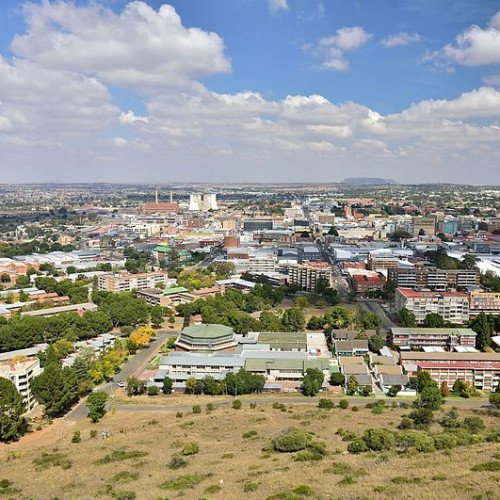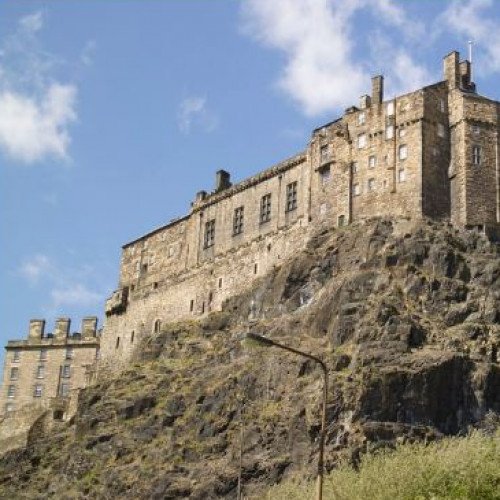Castles of "South Africa" BLOEMFONTEIN vs FORT DRURY

BLOEMFONTEIN
Bloemfontein, (/ˈbluːmfɒnteɪn/ BLOOM-fon-tayn; Afrikaans:, lit. "fountain of flowers") also known as Bloem, is the capital city of the Free State Province of South Africa; and, as the judicial capital of the nation, one of South Africa's three national capitals (the other two being Cape Town, the legislative capital, and Pretoria, the administrative capital) and is the seventh largest city in South Africa. Situated at an elevation of 1,395 m (4,577 ft) above sea level, the city is home to approximately 520,000 residents and forms part of the Mangaung Metropolitan Municipality which has a population of 747,431 It was one of the host cities for the 2010 FIFA World Cup. The city of Bloemfontein hosts the Supreme Court of Appeal of South Africa, the Franklin Game Reserve, Naval Hill, the Maselspoort Resort and the Sand du Plessis Theatre. The city hosts numerous museums, including the National Women's Monument, the Anglo-Boer War Museum, the National Museum, and the Oliewenhuis Art Museum. Bloemfontein also host sub-Saharan Africa's first digital planetarium, the Naval Hill Planetarium and Boyden Observatory, an astronomical research observatory erected by Harvard University. Bloemfontein is popularly and poetically known as "the city of roses", for its abundance of these flowers and the annual rose festival held there. The city's Sesotho name is Mangaung, meaning "place of cheetahs". Its !Orakobab name is ǀʼAuxa ǃXās or ǀKxʼauxa ǃXās (Khoekhoegowab spelling: ǀAuxa !Khās), which refers to Jan Bloem II, known as !Xās-aob or Blumtseb who was a gaokxʼaob di kx'amkx'aob (chief's right hand) of the ǀŪdiǁʼais (Springbok Clan) of the !Ora ("Korana") nation, whose kraal was the original settlement before the city was built.
Statistics for this Xoptio

FORT DRURY
In April 1846 Major H.D. Warden established a British military post on the farm 'Bloem Fontein' and a simple fort, resembling a blockhouse, was built from stones and clay on the hill just north of the perennial spring to serve as protection for the farm's only water source. By 1861 all that remained of Fort Drury were some stone walls.